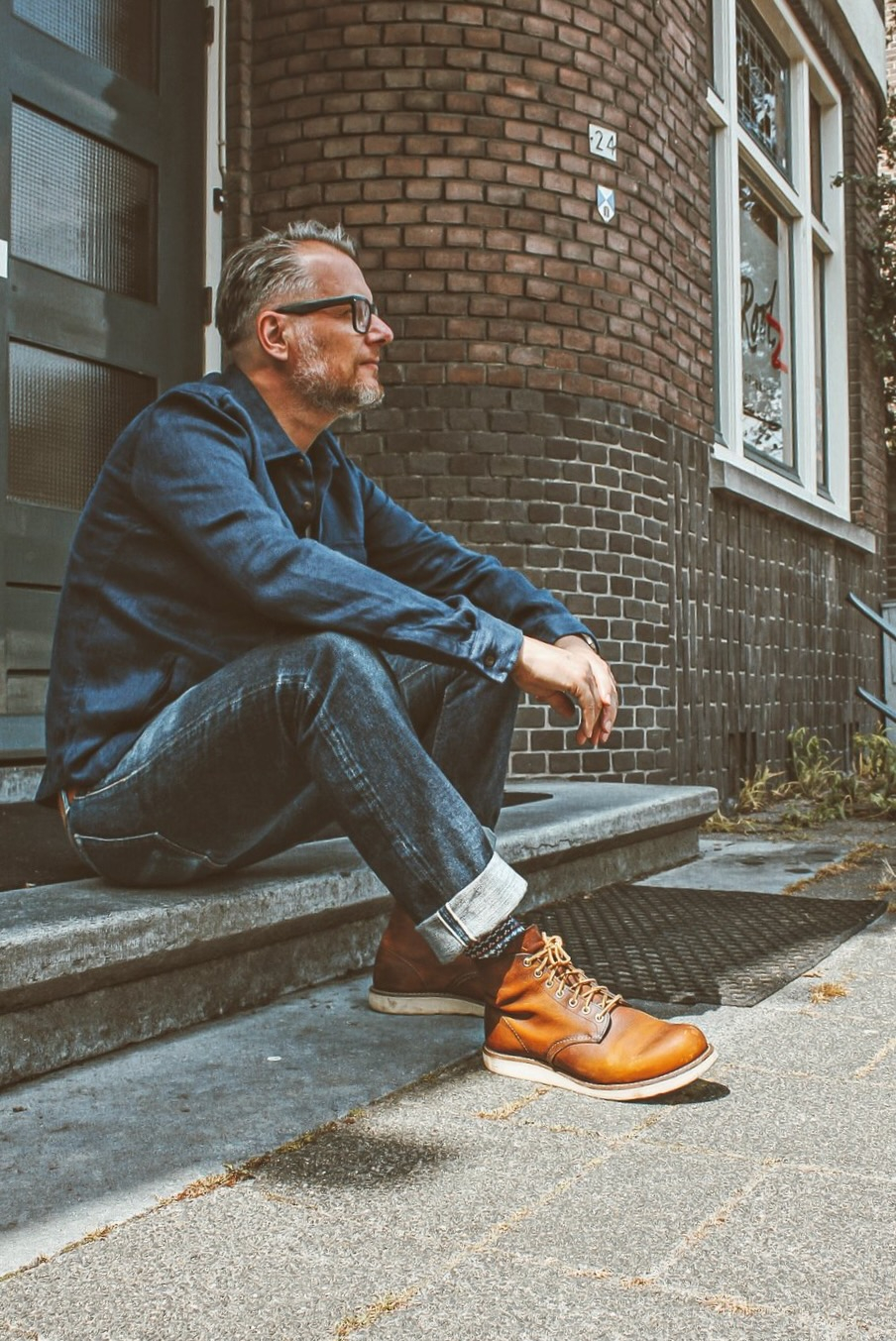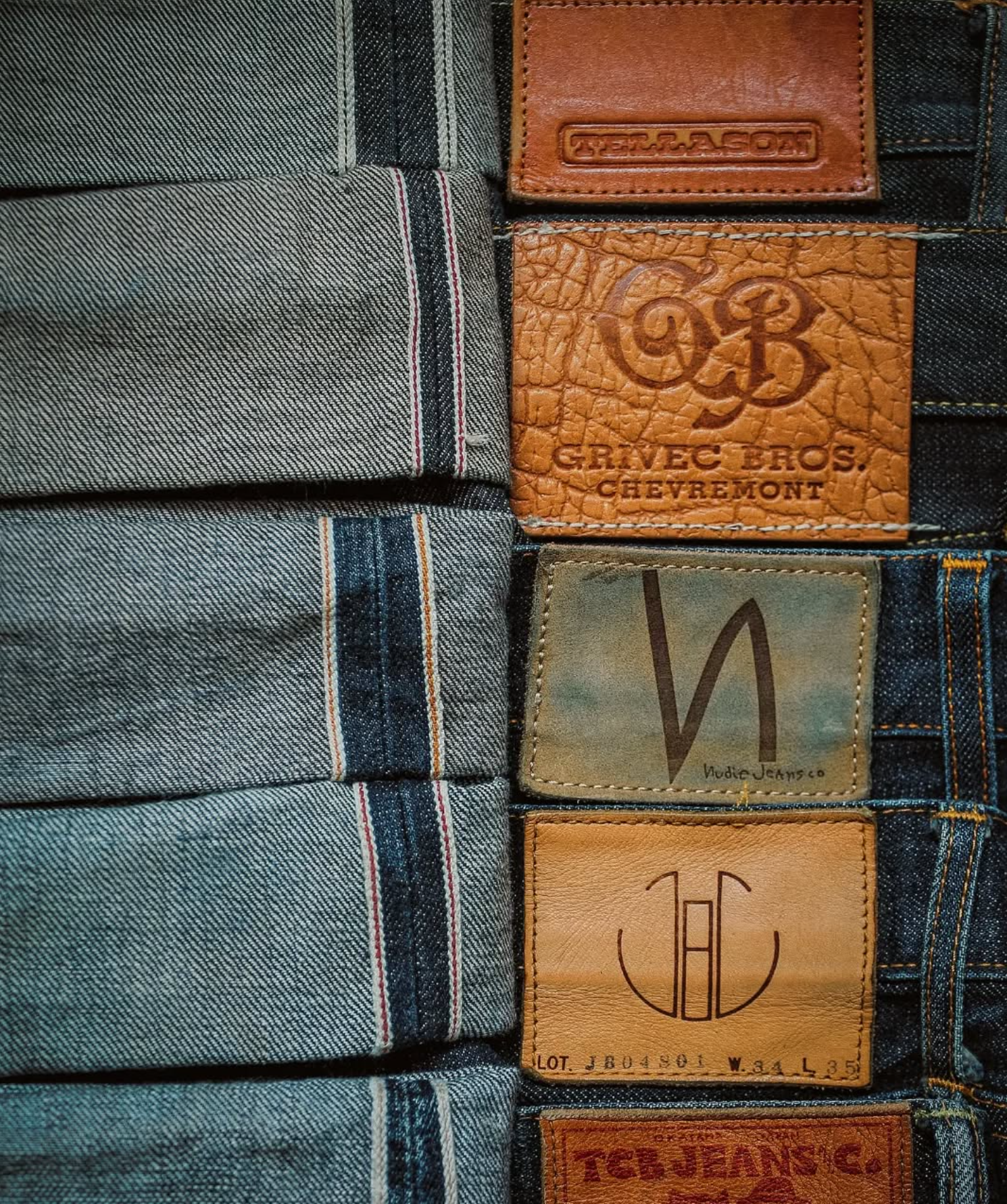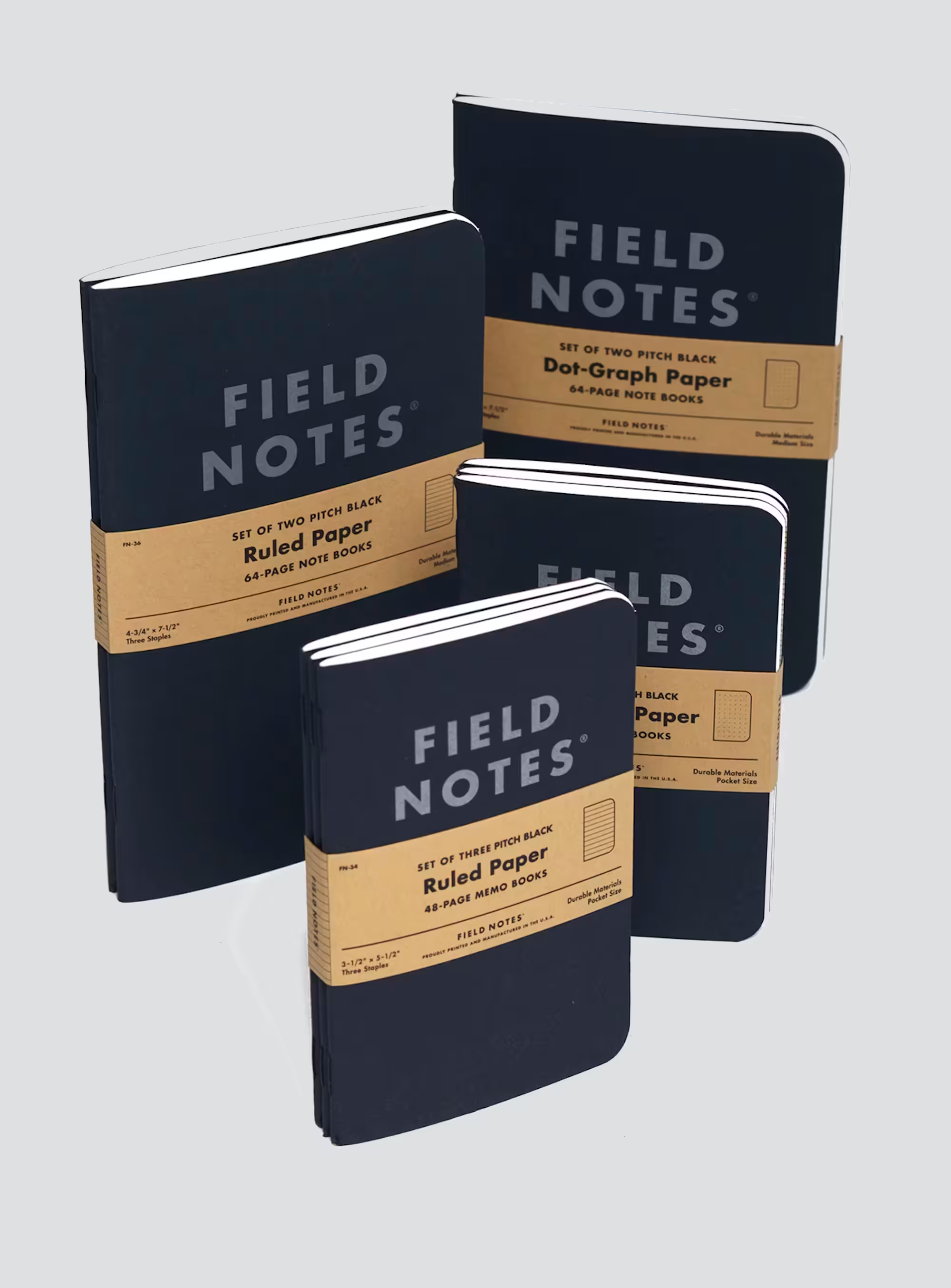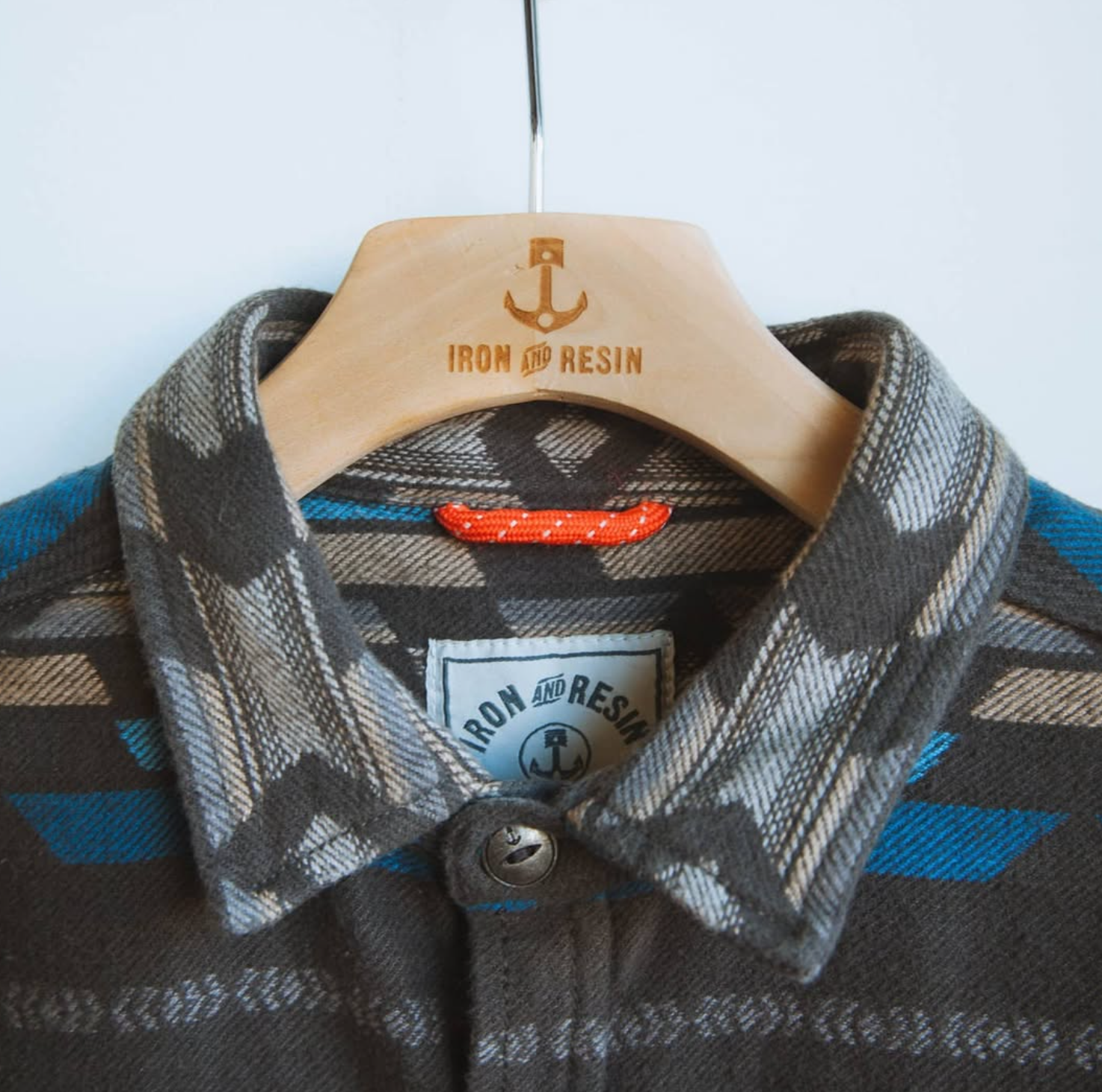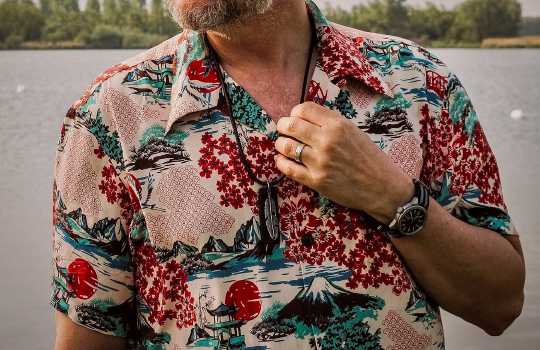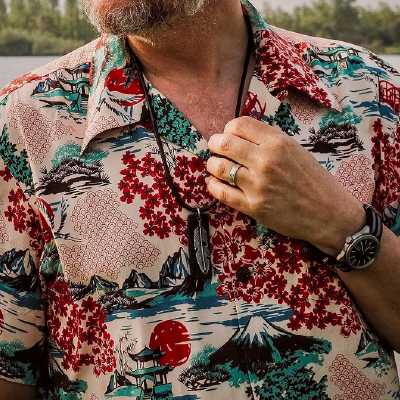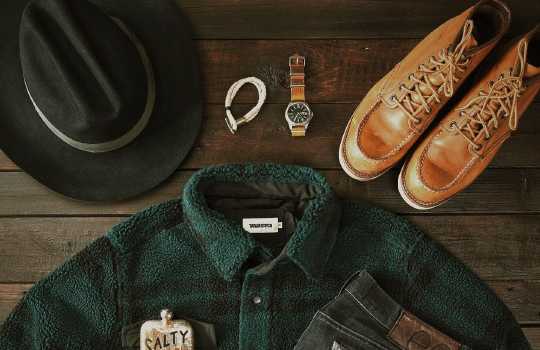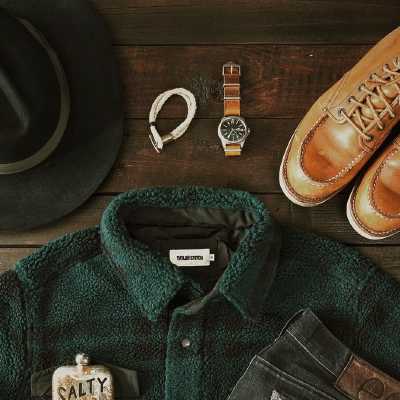The term “selvedge” might sound niche, but if you’ve spent any time browsing high-quality denim or scrolling through Instagram’s menswear forums, you’ve probably come across it. Selvedge denim is no ordinary fabric—not just another pair of jeans you throw on without thinking. Whether you’re a raw denim fanatic or simply denim-curious, this guide will walk you through everything you’ve wanted to know about selvedge denim, including its history, how it’s made, and why it’s worth your attention.
Diving into Selvedge Denim
First things first, what is selvedge denim? The word “selvedge” is shorthand for “self-edge,” referring to the clean, tightly woven edge of the fabric, created on vintage shuttle looms. Think of it as the luxury version of denim’s DNA. Unlike regular denim that often frays at the edges, selvedge denim comes with a naturally finished edge that ensures durability and adds a stylish touch, often visible as a colorful ID line when you cuff your jeans.
But it’s not just about appearances. Selvedge denim isn’t something mass-produced. It’s crafted with care, requiring slower production processes and vintage machinery, making it as much about craftsmanship as it is about rugged style.
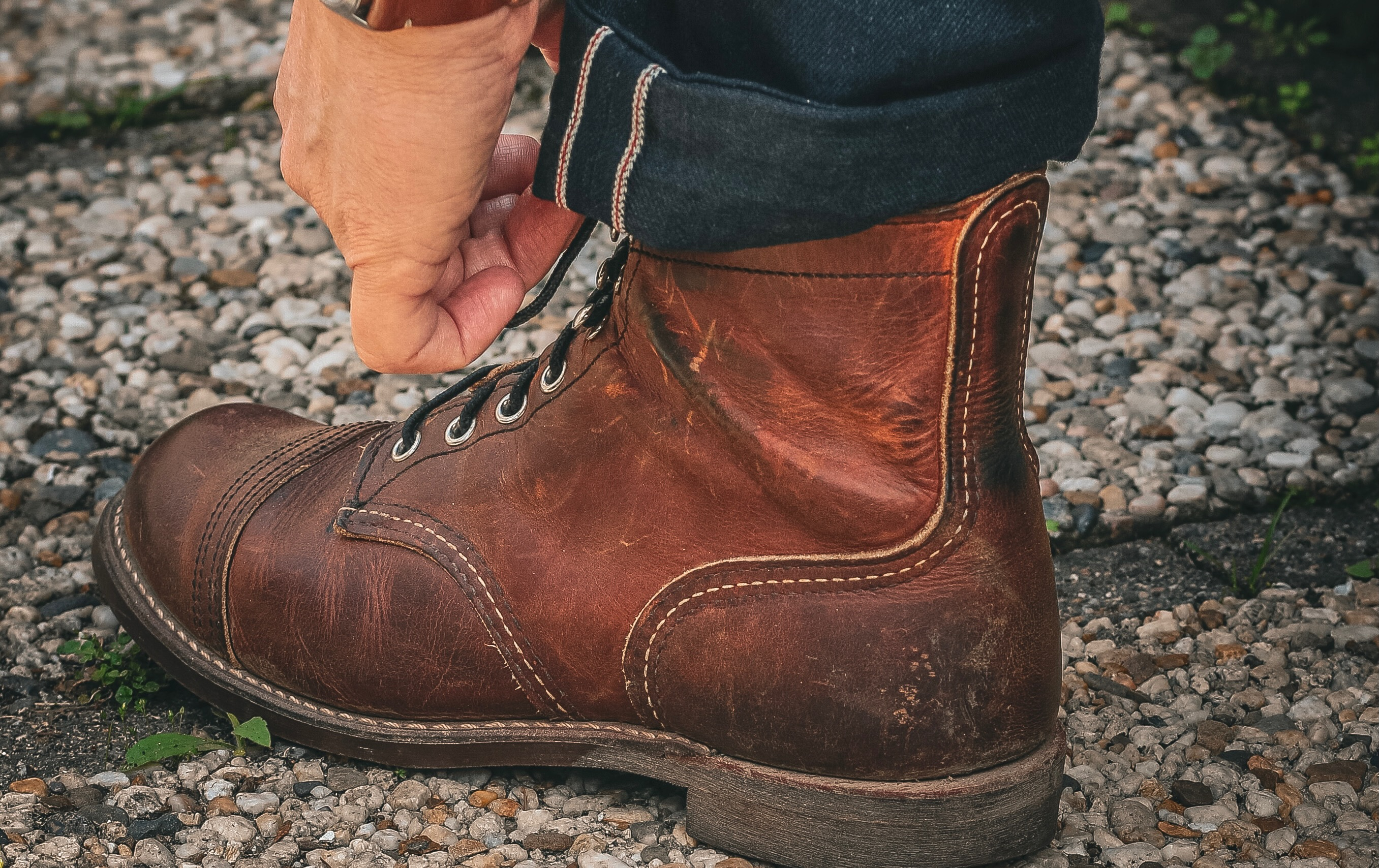
A Brief History of Selvedge Denim
Selvedge denim has its roots in 18th-century France, originating as a workhorse fabric for labourers before crossing the Atlantic and becoming an American staple. By the late 1800s, brands like Levi Strauss popularized it, making jeans a symbol of durability and utility. Back in the day, denim was woven almost exclusively on shuttle looms, which produced fabric with the signature finished edges.
Fast forward to the mid-20th century, as demand for denim skyrocketed, shuttle looms were swapped out for faster, industrial projectile looms. The trade-off? Greater production capacity but less character in the denim. It wasn’t until the 1980s and 1990s that Japanese manufacturers, led by the “Osaka Five,” revived selvedge denim with a newfound respect for the craftsmanship and heritage behind the fabric. Today, Japanese selvedge denim is regarded as the gold standard.
How Selvedge Denim Is Made
The secret to selvedge denim’s character lies in its production. It’s woven on vintage shuttle looms that pass a single weft thread back and forth through tightly held warp threads, creating a continuous, self-finished edge. This differs from modern projectile looms, which use cut threads, leading to frayed ends that require additional sewing.
Here’s the kicker: shuttle looms are slow. We’re talking a fraction of the output compared to projectile looms. But that slower pace means less tension on the threads, allowing for a looser weave that feels softer and more pliable over time. It’s this artisanal process that gives selvedge denim its heft, durability, and ability to develop those sought-after fades unique to the wearer.
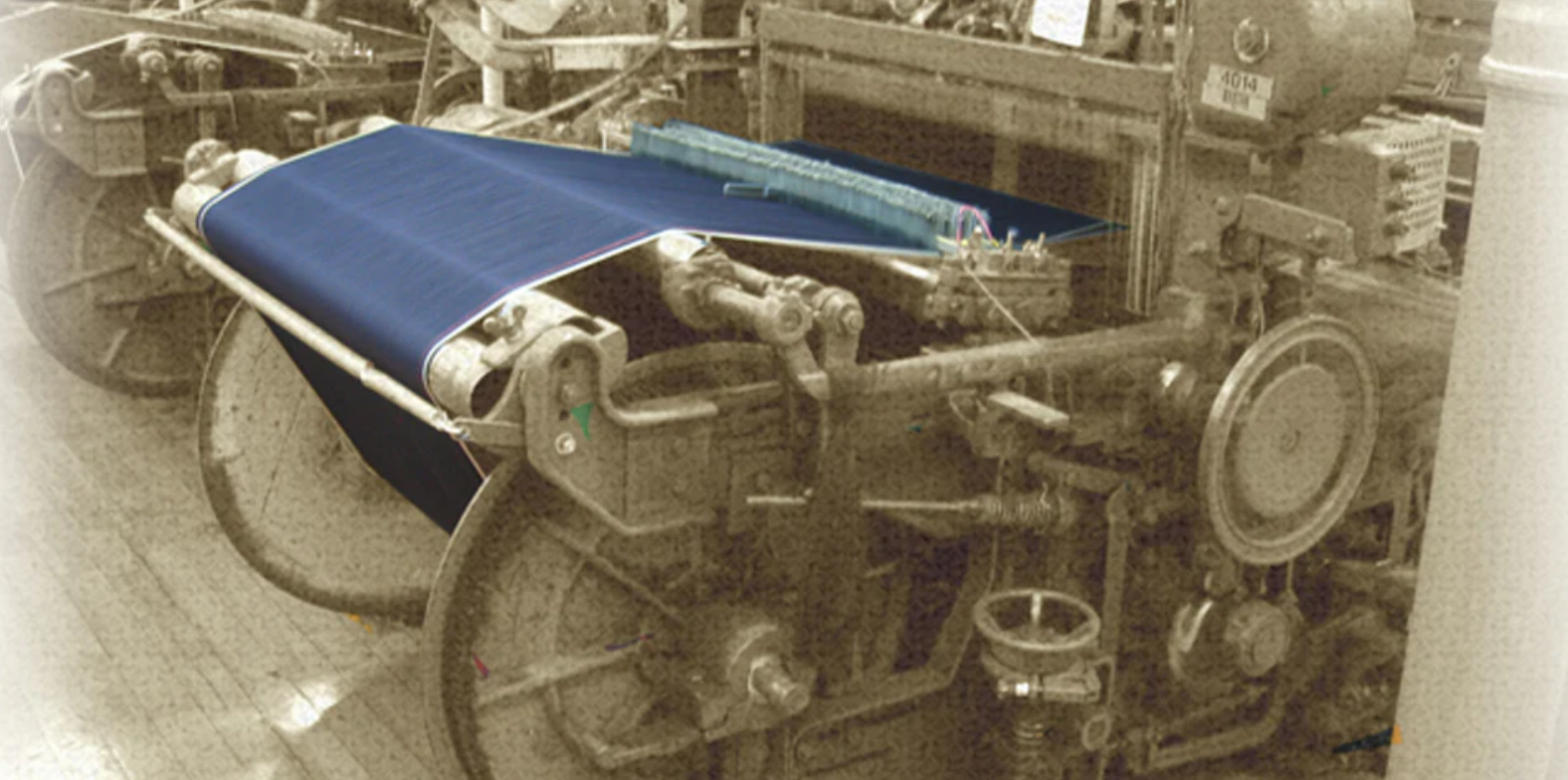 Photo credit: Brave Star Selvedge
Photo credit: Brave Star Selvedge
What Makes Selvedge Denim Stand Out?
Selvedge denim isn’t just about the looms or the edges. Some defining characteristics include:
- Durable Edges: The self-finished edges (the “selvedge”) prevent the fabric from fraying, giving jeans a clean and secure outseam.
- Signature Selvedge ID: Those coloured lines (e.g., red, green, or white) running along the edge are hallmarks of specific denim mills, adding authenticity and a touch of visual appeal.
- Unique Fades: Thanks to the looser weave and raw nature, selvedge denim develops fading patterns that are entirely personal, forming a second skin over time.
- Heritage Feel: There’s an undeniable vintage charm in owning and wearing fabric woven on decades-old machines.
The Japanese Revolution in Selvedge Denim
When the US moved on from its vintage shuttle looms, Japan moved in. Post-World War II, Japanese manufacturers acquired these looms and dedicated themselves to refining selvedge denim production, combining American techniques with their impeccable attention to detail. Their innovation didn’t stop at weaving; techniques like rope-dyeing yarns created unique fading patterns that became a defining feature of Japanese selvedge denim.
Today, Japanese selvedge denim is considered an art form, with brands like Evisu, Iron Heart, and Momotaro producing some of the finest denim pieces worldwide. The small imperfections in their weaving process give the fabric an unbeatable character and texture that denim enthusiasts adore.
Why Selvedge Denim Is Still a Favourite
Selvedge denim is more than just fabric; it’s a lifestyle. Here’s why enthusiasts swear by it:
- Craftsmanship: Buying selvedge denim is like owning a piece of history, made the old way, one loom at a time.
- Individuality: Raw selvedge denim wears in, not out, moulding to your body and developing fades that reflect your habits and movements.
- Community: There’s a whole culture surrounding selvedge denim—from forums to meetups—which thrives on shared appreciation for well-made jeans.
Tips for Caring for Selvedge Denim
Caring for selvedge denim is key to preserving its longevity and character. Here’s what you should know:
- Minimal Washing: Wait at least six months before your first wash for better fades. When you do wash, stick to a cold soak and air dry.
- Spot Clean Stains: For minor stains, a damp cloth and mild soap will do the trick.
- Storage: Hang them up to retain their shape and prevent unnecessary creasing.
Notable Selvedge Denim Brands
Ready to upgrade your wardrobe with premium selvedge denim? These standout brands are the perfect place to start your search:
Fullcount is a Japanese denim brand known for vintage-inspired jeans, using Zimbabwean cotton and traditional shuttle-loom craftsmanship.
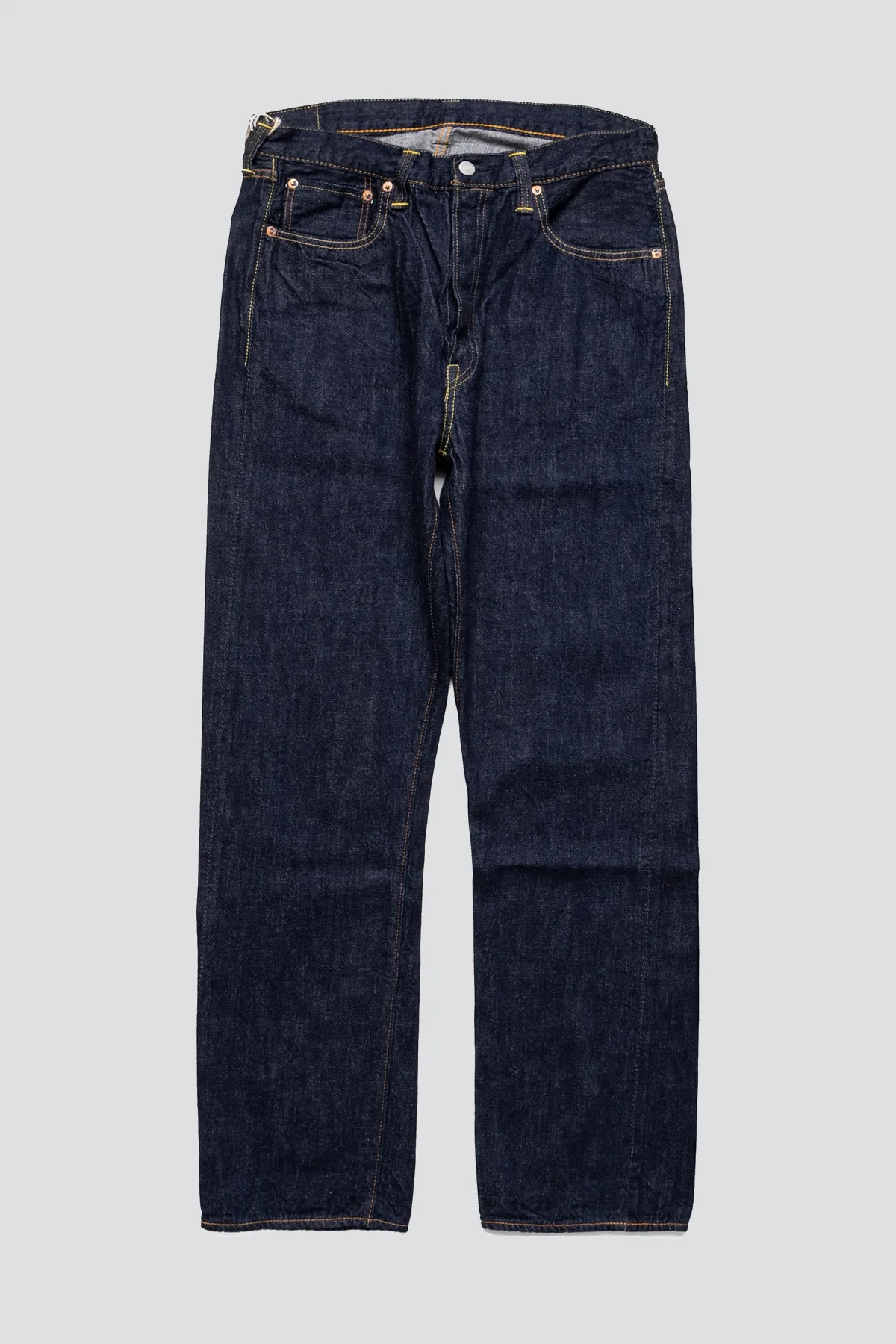
You’ll find Fullcount over at Redcast Heritage, Blue Beach Denim, Clutch Cafe , Cultizm, Blue in Green, Brooklyn Clothing Co. and Private & Co.
Iron Heart crafts heavyweight Japanese denim built for durability, precision, and timeless style—engineered for denim purists and rugged wearers alike.

You’ll find Iron Heart over at Brooklyn Clothing Co., Division Road, Franklin and Poe, Iron Shop Provisions, Rugged Gentlemen Shoppe, Pinkomo and Tendrel
Benzak Denim Developers blends Japanese fabric with European craftsmanship, creating timeless, functional jeans rooted in quality, detail, and everyday wear.
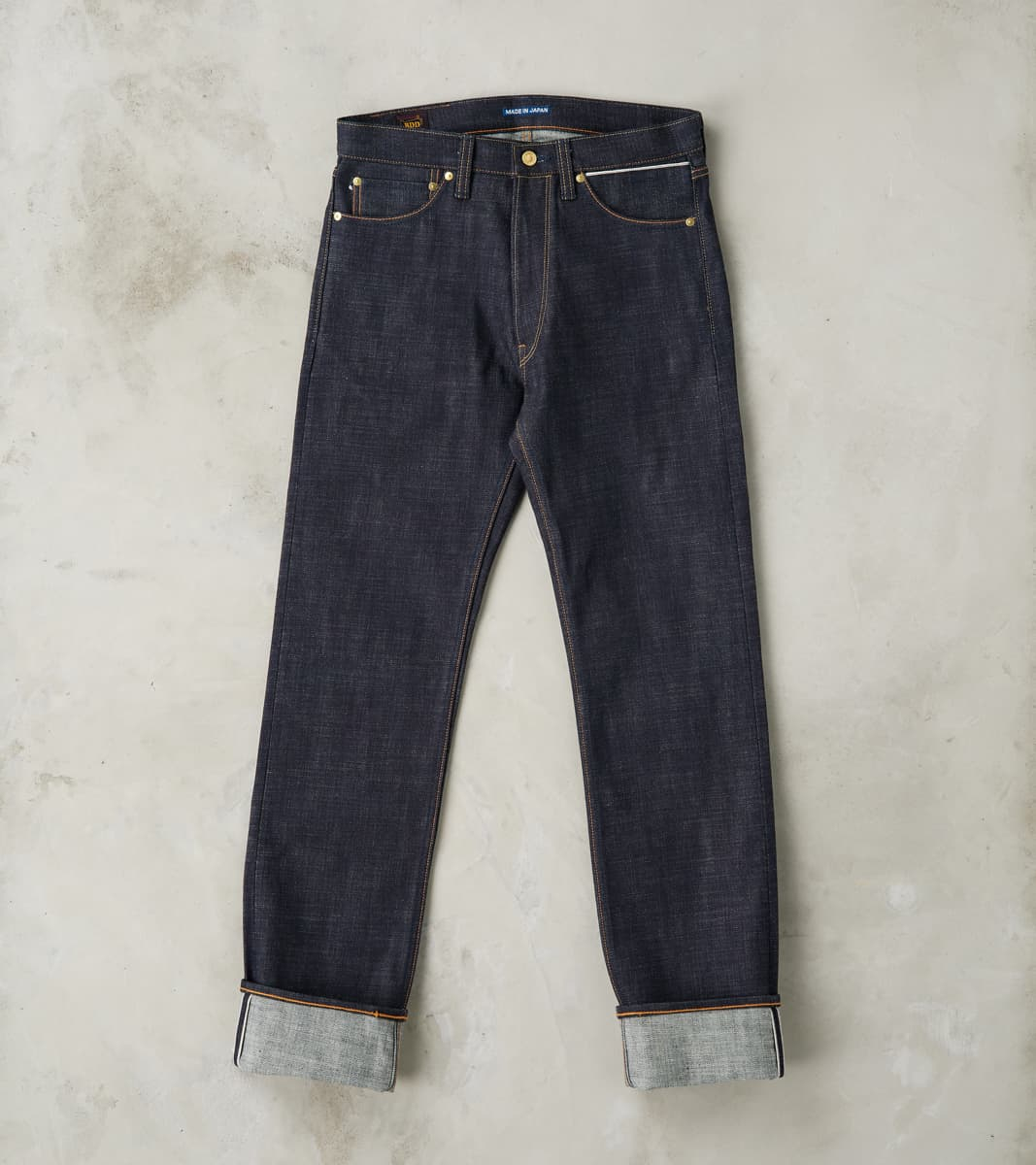
You’ll find Benzak Denim Developers over at Division Road, Blue Beach Denim and Cultizm
Tellason crafts durable, American-made jeans using premium selvedge denim, designed for longevity, authenticity, and everyday rugged wear.
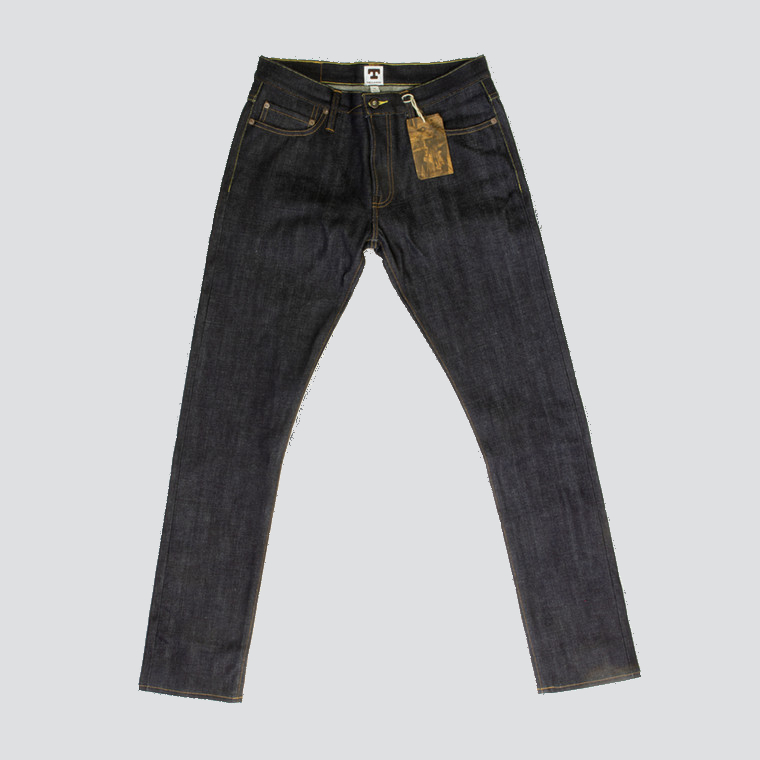
You’ll find Tellason over at Cultizm and Pinkomo.
SoSo Clothing handcrafts custom selvedge denim that’s anything but ordinary, with bold designs, personalised touches, and fabrics built to turn heads.
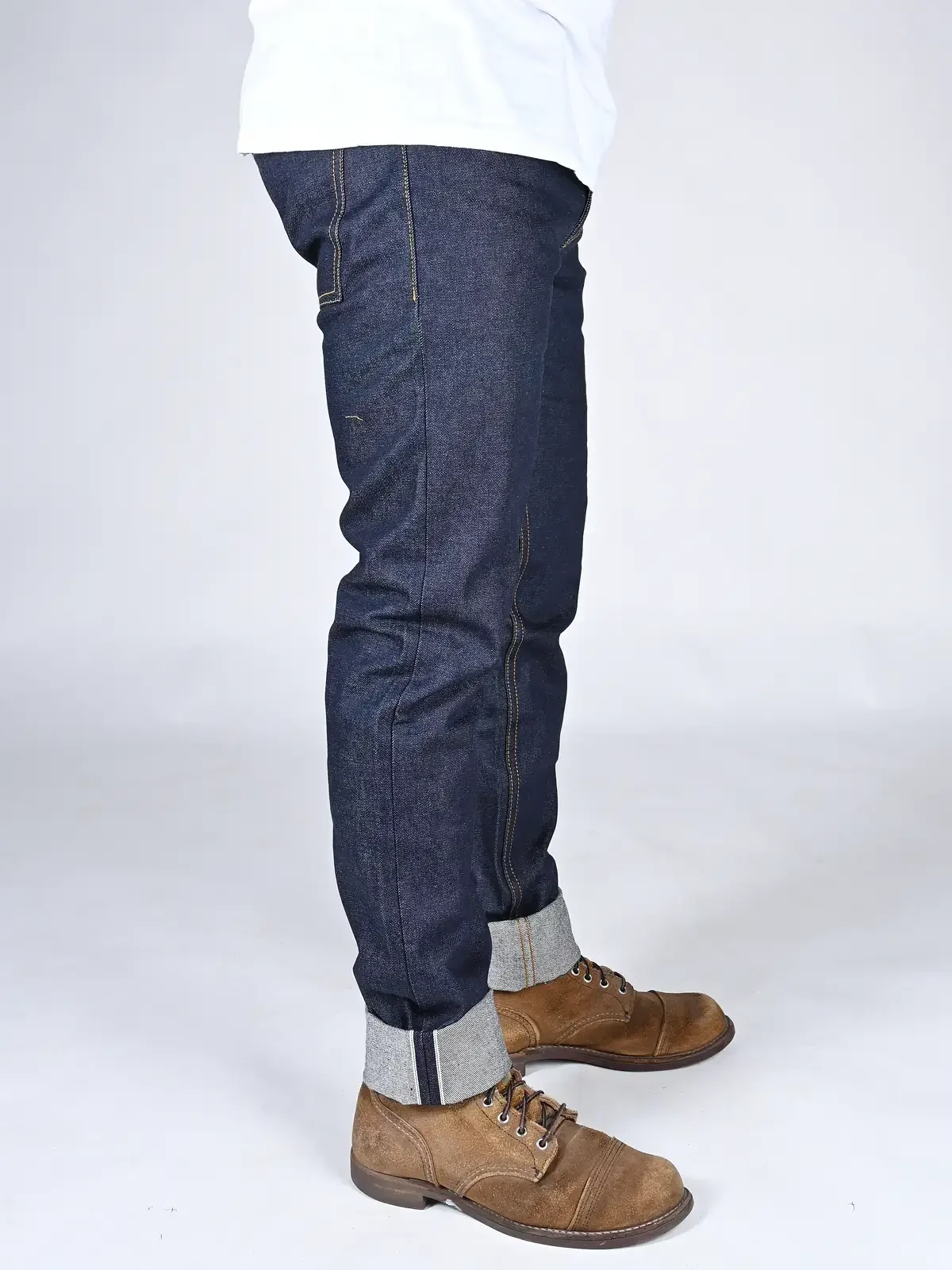
Grivec Bros craft premium selvedge denim jeans in the Netherlands, blending heritage craftsmanship with a modern European design sensibility.
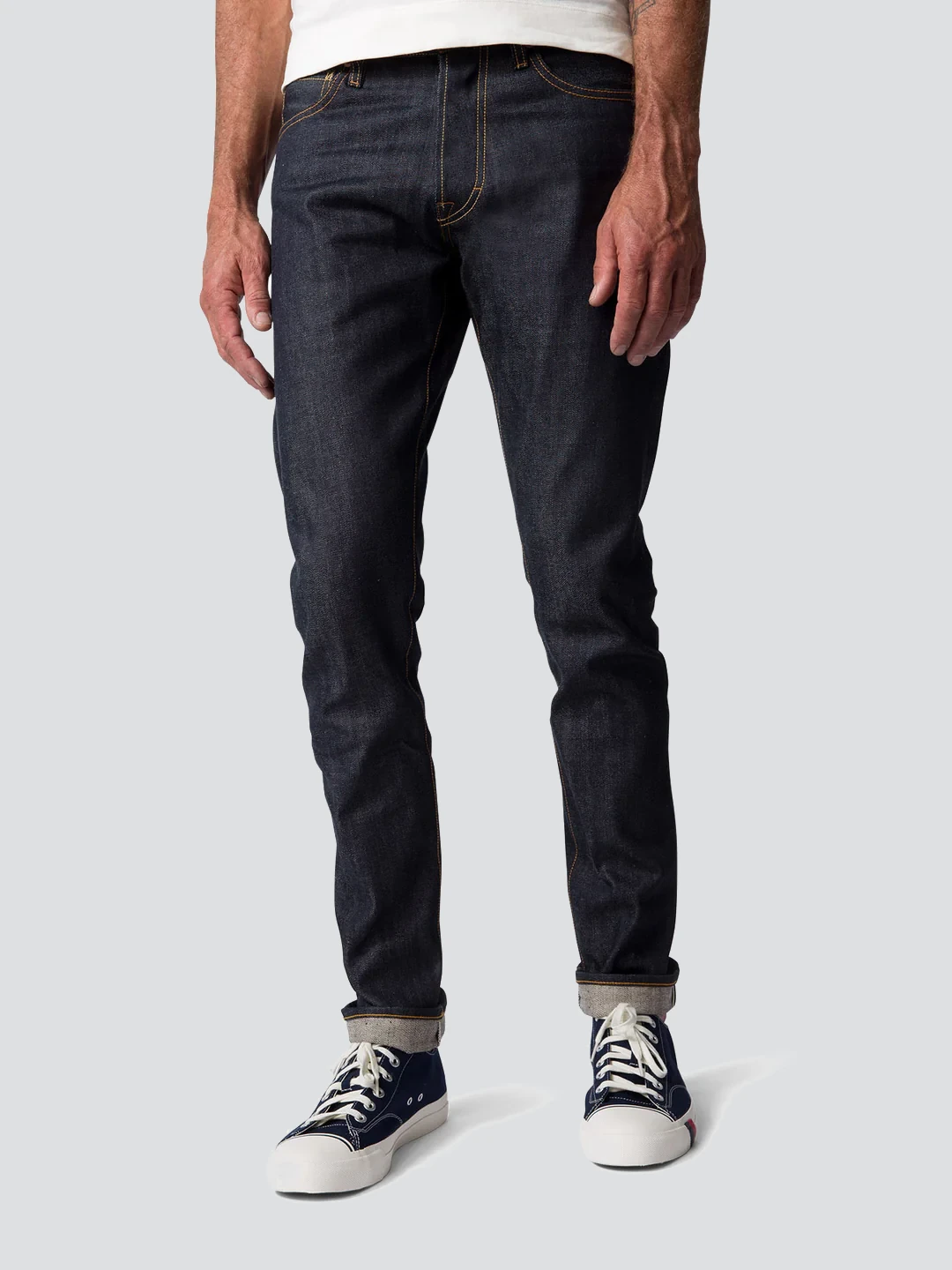
TCB Jeans recreates vintage American denim using traditional methods, raw fabrics, and shuttle looms—crafted with pride in Kojima, Japan.
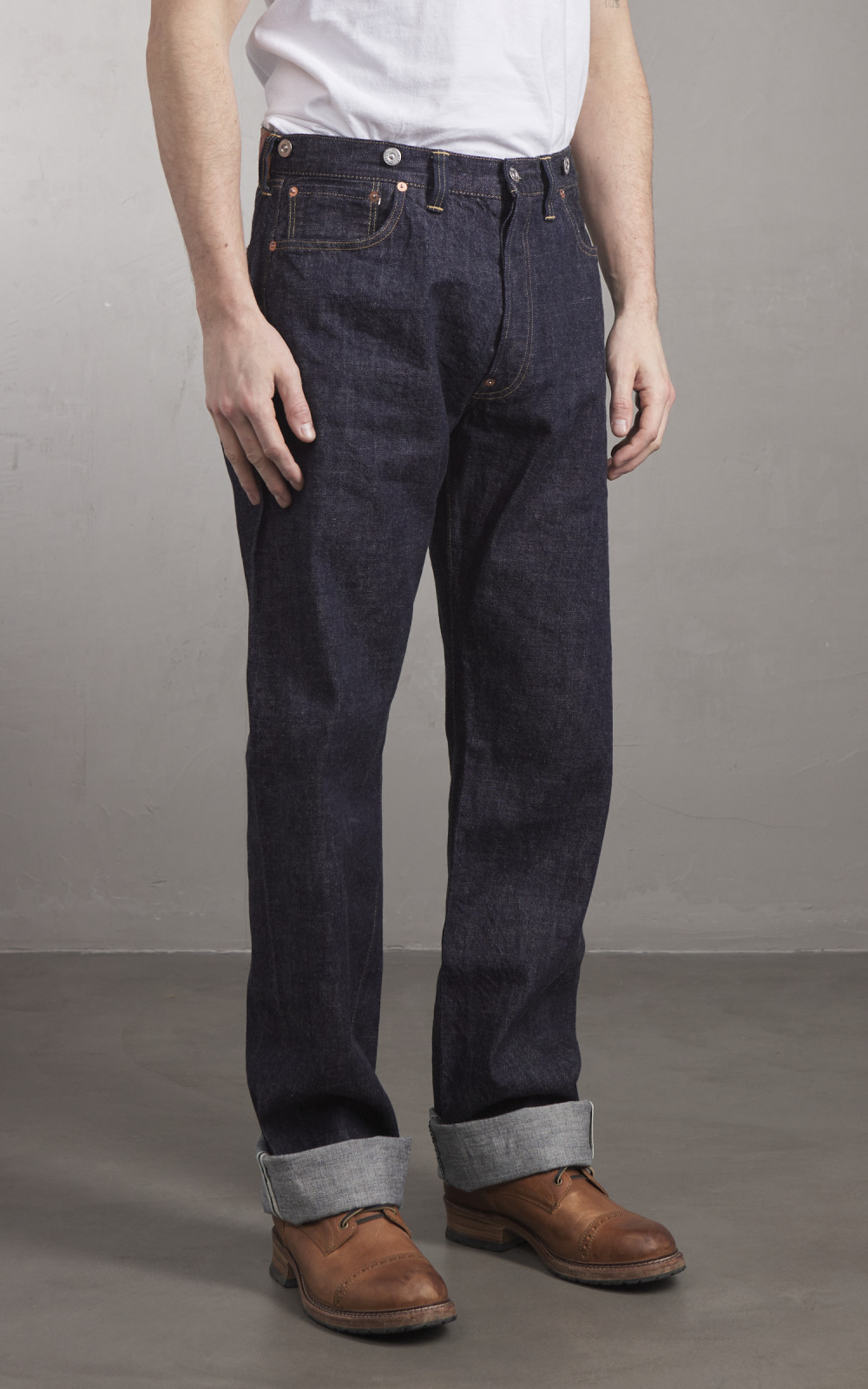
You’ll find TCB Jeans over at Cultizm and Redcast Heritage Co.
Brave Star Selvage crafts affordable, American-made selvedge denim with a focus on heritage quality, rugged durability, and timeless style.
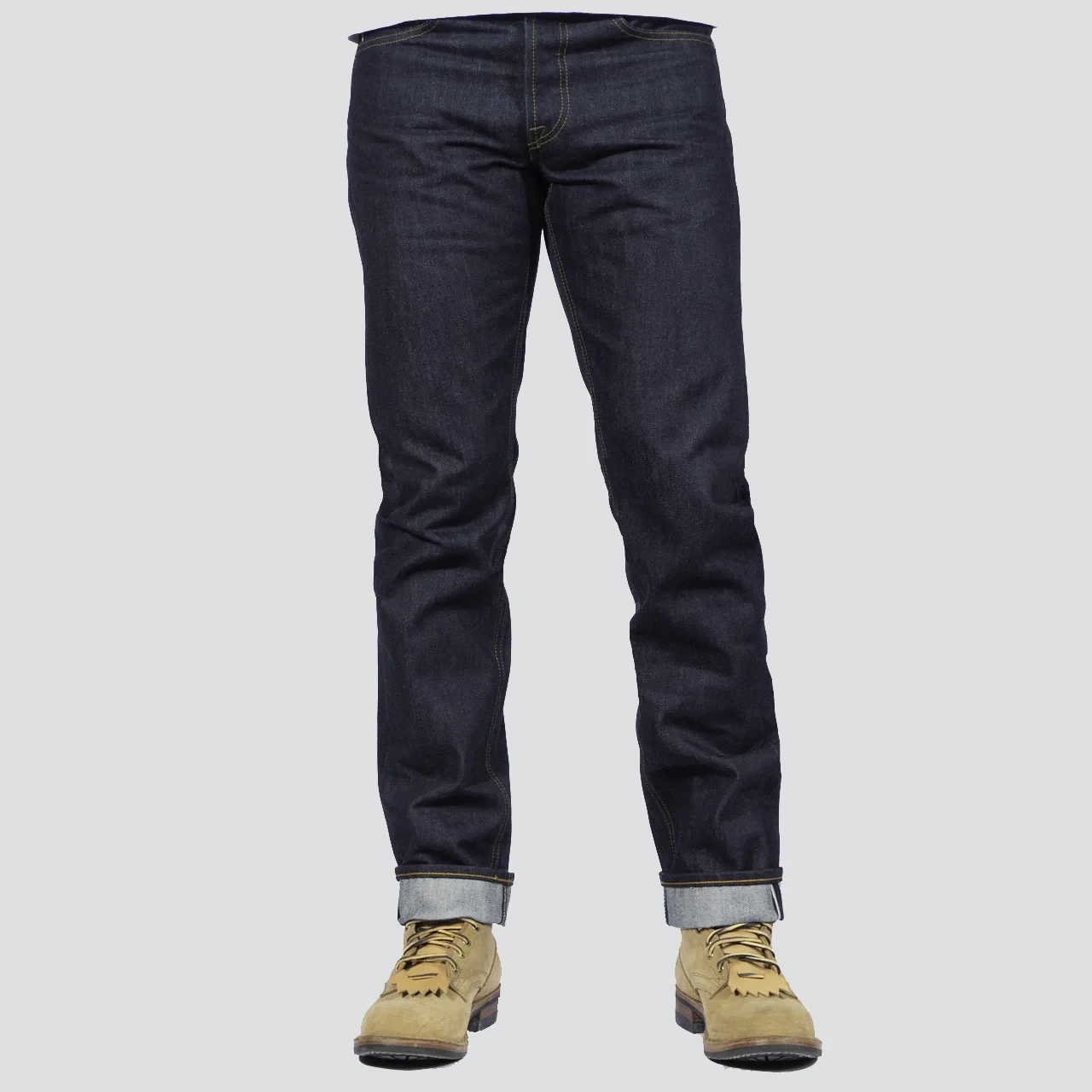
Levi’s Vintage Clothing recreates iconic pieces from the Levi’s archive, celebrating denim history with authentic details and classic craftsmanship.
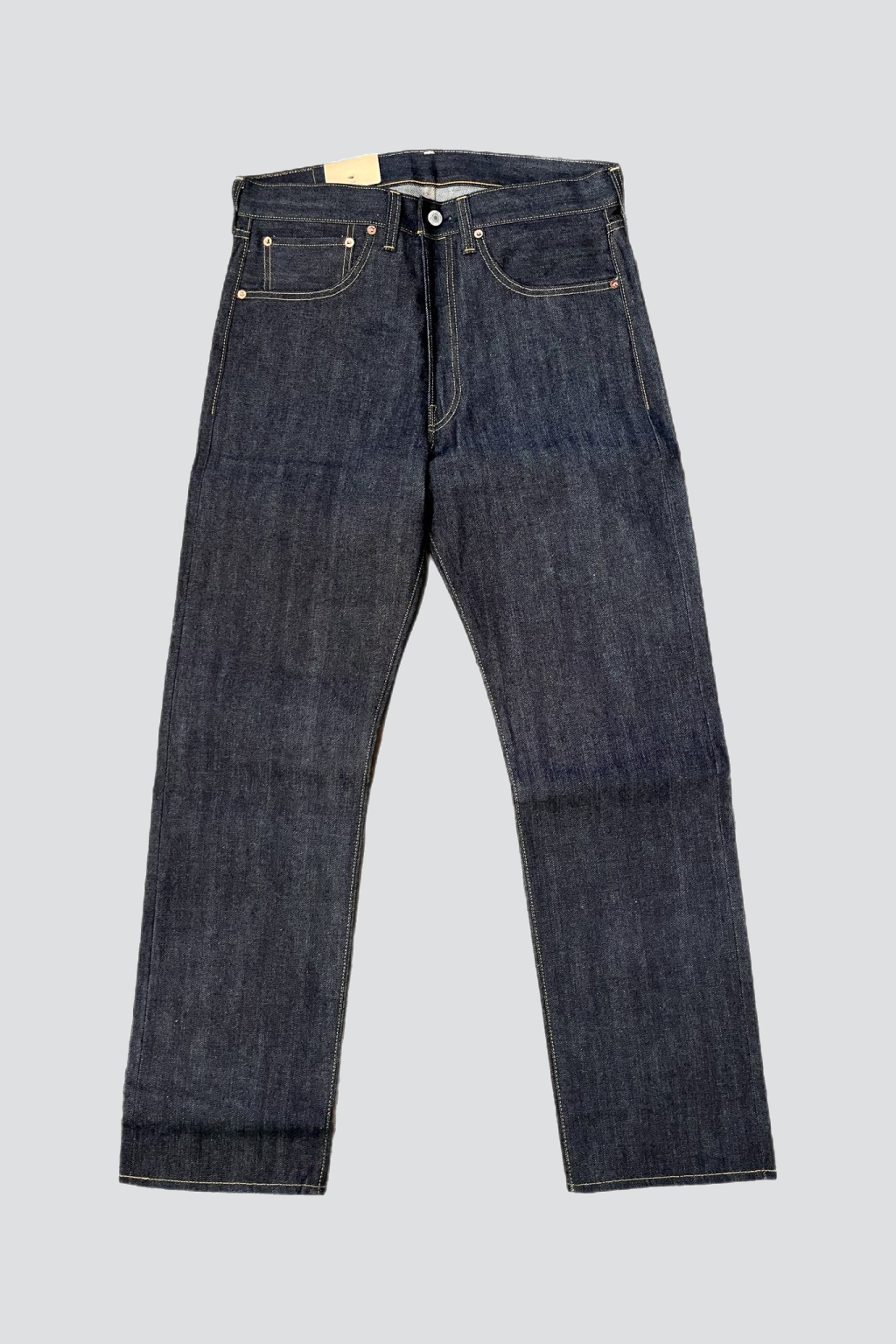
You’ll find Levi’s Vintage Clothing over at Cultizm, DeeCee Style, Independence, Revolvr Menswear and STAG Provisions.
Wrangler is an iconic American jeans brand known for durable, Western-inspired denim designed for work, rodeo, and everyday wear.
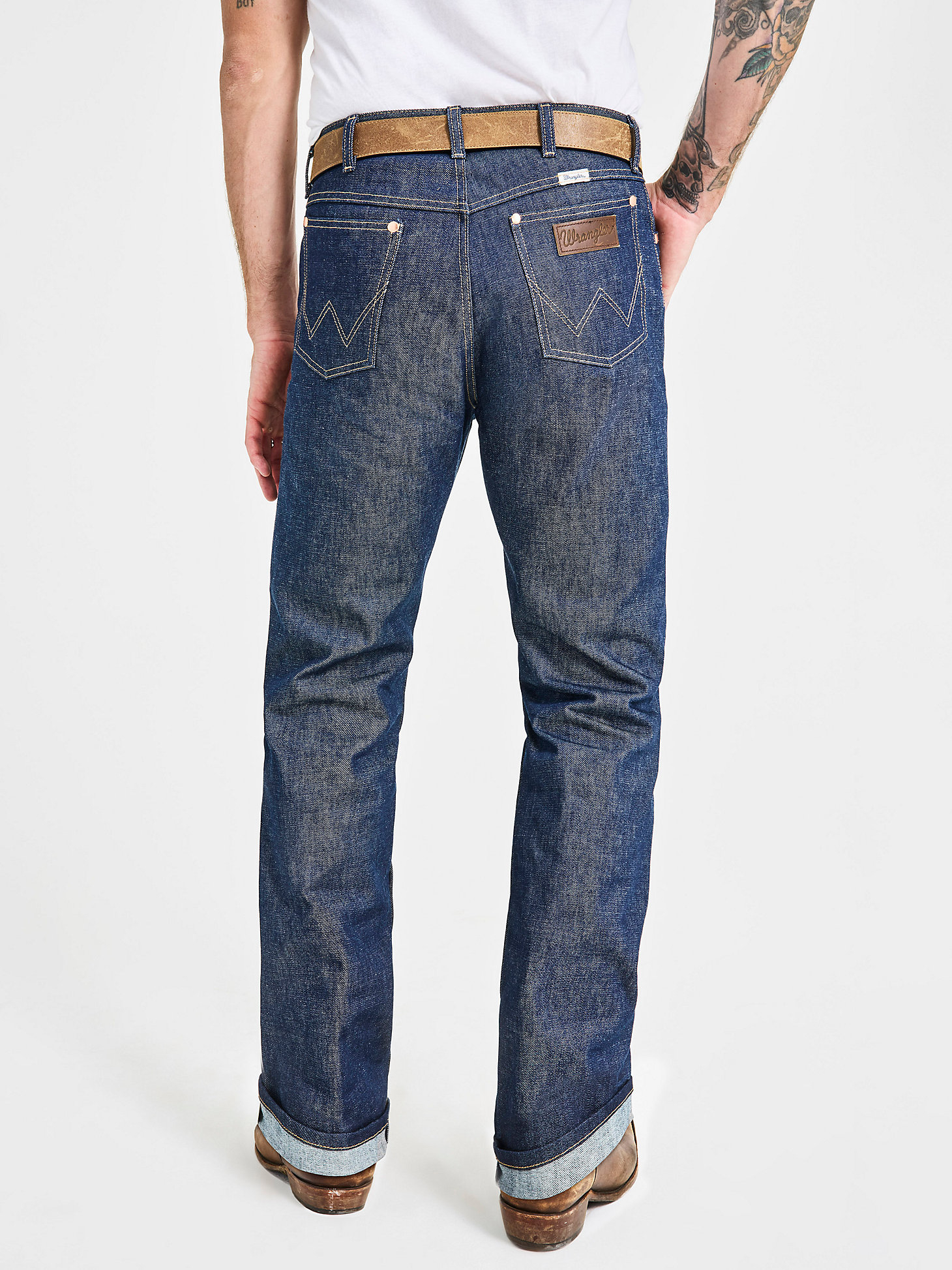
Other brands to check out are Studio D’Artisan and ONI Denim
More Than Just Jeans
Selvedge denim is more than just a staple in your wardrobe; it’s a symbol of craftsmanship, heritage, and individuality. From its humble beginnings on shuttle looms to its modern-day revival by Japanese innovators, selvedge denim remains a timeless choice for anyone who values quality over quantity.
Whether you’re just dipping your toes into the world of raw denim or looking to add another artisanal piece to your collection, exploring selvedge denim is an experience worth having. Take the plunge; you might just find your new favourite pair of jeans.


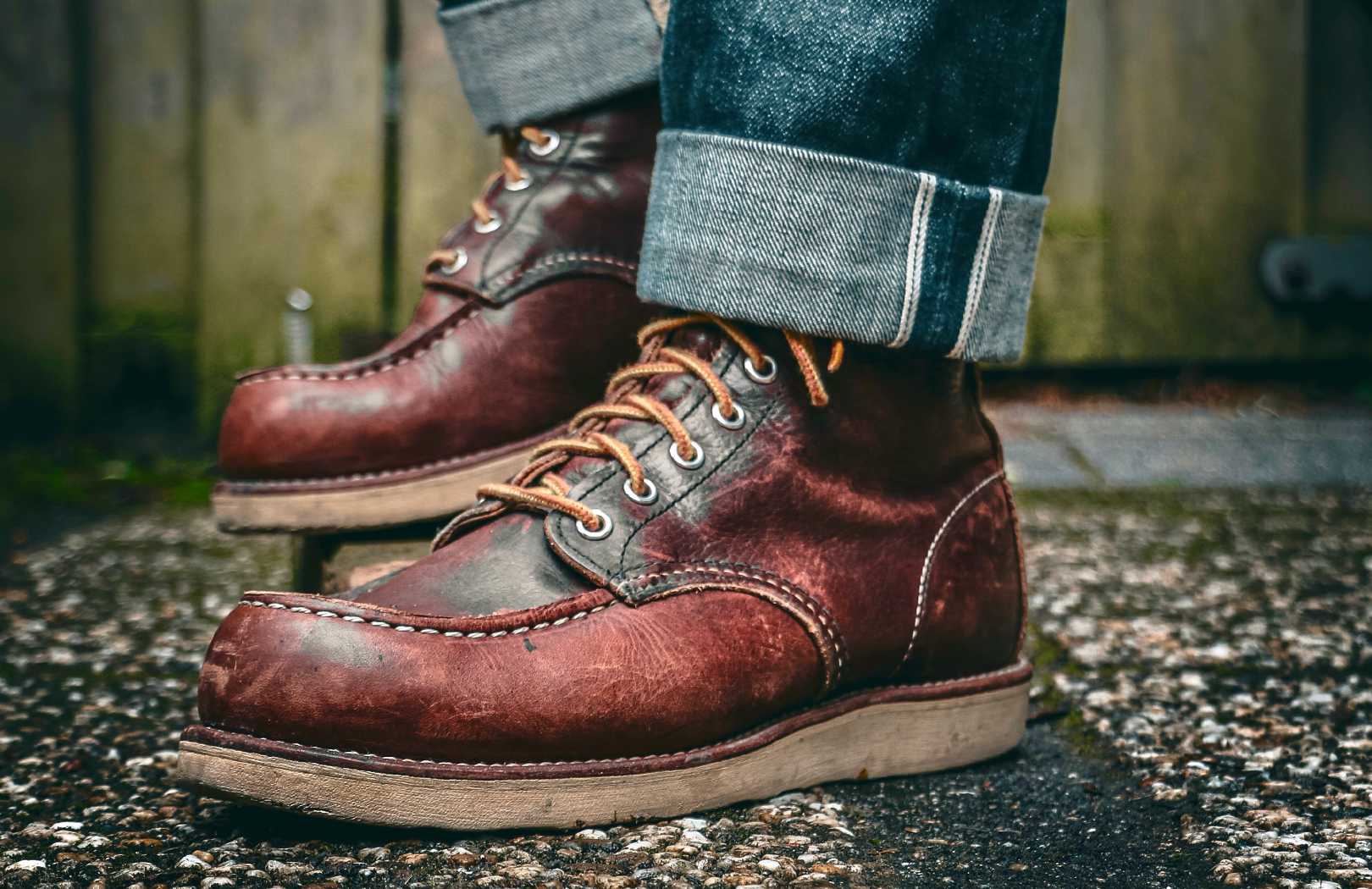

 Photo credit:
Photo credit: 